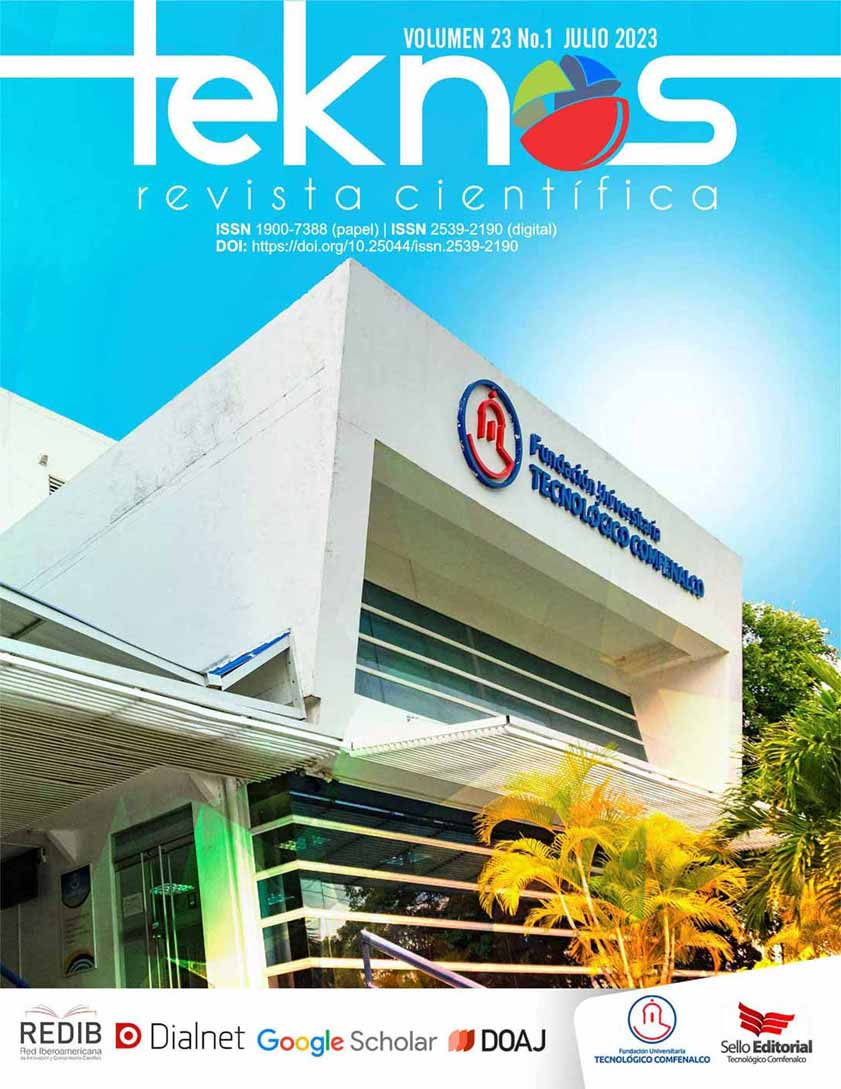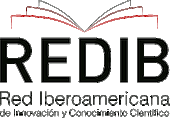Strengthening of computer skills in students of the academic average using SCRATCH
DOI:
https://doi.org/10.25044/25392190.1058Keywords:
computational skills, computational thinking, logical-mathematical thinking, programming languages, ScratchAbstract
The purpose of this work was to strengthen the capacities associated with computational skills in high school students, through the implementation of the Scratch programming language. The development of this study had the following stages: first, an initial test was applied, which allowed knowing the current situation of the students regarding the use of some type of programming language. Four sessions were then held with the focused group, in which basic programming issues were worked on, especially with the Scratch language. Subsequently, three laboratories were developed using the Scratch programming language, in which students could design scenarios, objects and execute actions under this programming software. Finally, the results obtained in each of the stages described above were systematized. The findings at the conclusion of this investigation, showed that the participating students did not have any type of bases in terms of programming languages and that the competencies in terms of computational thinking, were strengthened as the investigation progressed, being reflected positively in the subjects of mathematics and technology and computer science, in which the students acquired at the end of the third academic period, better performances compared to the first and second periods of the same school year.
Downloads
References
Acevedo N. (2018). Desarrollo del pensamiento computacional mediante Scratch en estudiantes de educación media del municipio de Pamplona. Caso de estudio: colegio Brighton. Universidad de Pamplona.
Arias, F. (2012). El proyecto de investigación. Introducción a la metodología científica.
Episteme Creswell, J.W. (2009). Técnicas de Investigación Cualitativa y Mixta. Mc Graw Hill.
Gonz, M. (2013). Pensamiento computacional, 2–6. Recuperado a partir de http://www.pensamientocomputacional.org/index.php/home/menu-definicion
Gutiérrez D., Vélez J., López J., (2020). Indicadores de deserción universitaria y factores asociados, Escuela de Ciencias de la Educación (ECEDU), Universidad Nacional Abierta y a Distancia (UNAD), Bogotá, Colombia.
Hernández-Sampieri, R. y Mendoza, M., (2008). Metodología de la Investigación. McGraw Hill.
Wing, J. (marzo, 2006). Computational Thinking. View Point. Comunication of ACM. Vol. 49, No. 3. Pág. 35. Disponible el 19 de agosto de 2011 en http://www.cs.cmu.edu/afs/cs/usr/wing/www/publications/Wing06.pdf
Jerrim, J. (2011). England's" plummeting" PISA test scores between 2000 and 2009: Is the performance of our secondary school pupils really in relative decline (No. 11-09). Department of Quantitative Social Science-UCL Institute of Education, University College London.
Johannesen, M. (2013). The role of virtual learning environments in a primary school context: An analysis of inscription of assessment practices. British Journal of Educational Technology, 44: 302–313. doi: 10.1111/j.1467-8535.2012.01296.x
Mazzeo, J., & von Davier, M. (2008). Review of the Programme for International Student Assessment (PISA) test design: Recommendations for fostering stability in assessment results. Education Working Papers EDU/PISA/GB (2008), 28, 23-24.
Paddick, R. (2014). As easy as VLE. Education Technology. Retrieved from: http://edtechnology.co.uk/Article/as_easy_as_vle
Papert, S. (1996). An exploration in the space of mathematics educations. International Journal of Computers for Mathematical Learning, 1(1):95 123, 1996.
Sabino C. (1992). El proceso de investigación. Ed. Panamericana, Bogotá, y Ed. Lumen, Buenos Aires
Serna, E. y Serna, A. (2013a). Engineering Crisis in Colombia – State of the Question”. In Press.
Vee, A. (2013). Understanding computer programming as a literacy. Literacy in Composition Studies, 1(2):42{64,2013.
Schneider, M. (2009). The international PISA test. Education Next, 9(4).
Wing, J. M. (2006). Wing06-ct, 49(3), 33–35. https://doi.org/10.1145/1118178.1118215
Wolfram, S. (2016). How to Teach Computational Thinking. Blog Stephen Wolfram. Retrieved from: http://blog.stephenwolfram.com/2016/09/how-to-teachcomputational-thinking/
Zapata-Ros, M. (2015). Pensamiento computacional: Una nueva alfabetización digital. Revista de Educación a Distancia (RED), (46). https://doi.org/10.6018/red/46/4
Downloads
Published
How to Cite
Issue
Section








